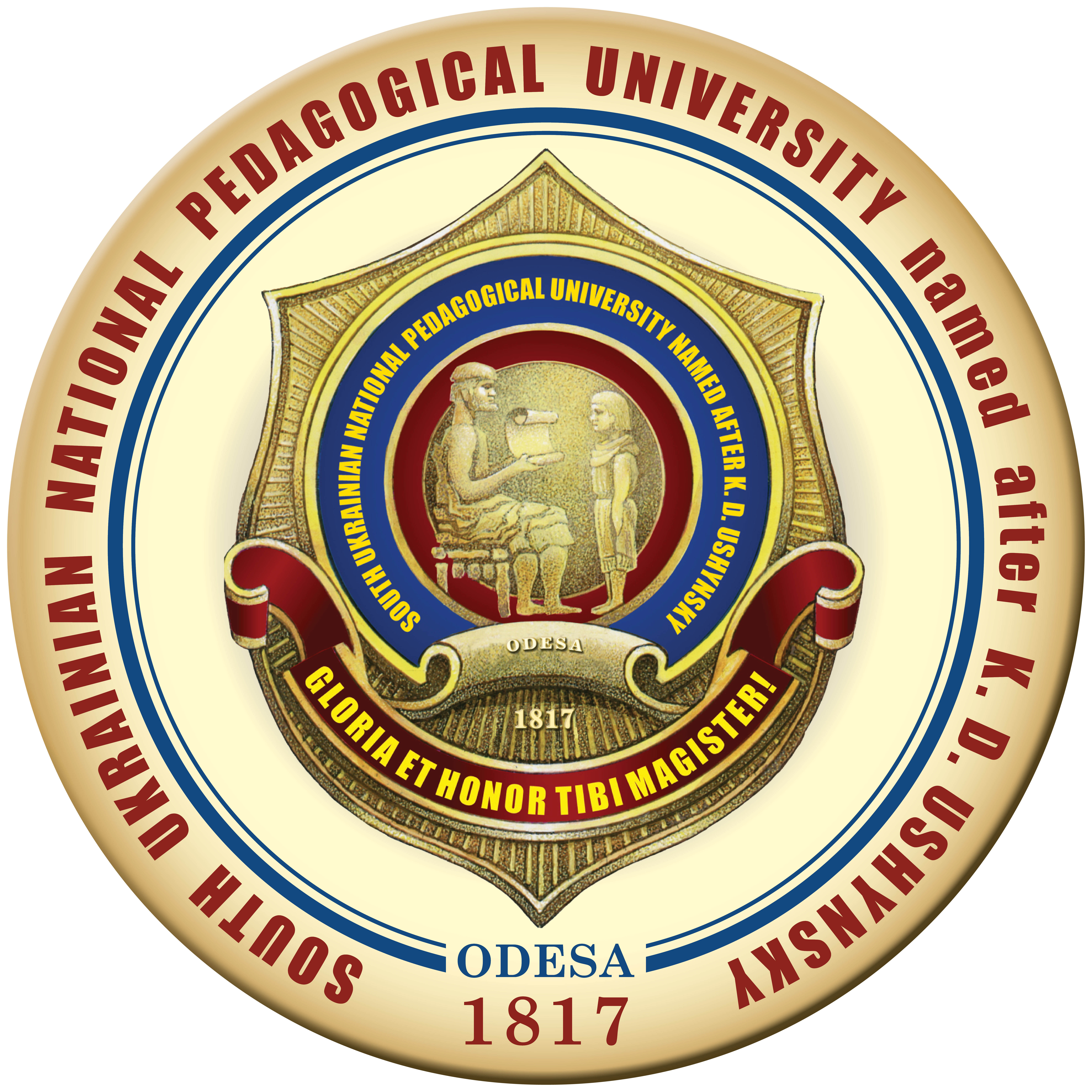IMPROVING PHYSICAL EDUCATION OF STUDENTS BY MEANS OF SPORTS AND GAME ACTIVITIES IN THE PERIOD OF DEMOCRATIZATION AND HUMANIZATION OF EDUCATION
DOI:
https://doi.org/10.24195/olympicus/2023-2-8Keywords:
sport, physical education, higher education institutions, sports games.Abstract
The article analyzes the factors that have led to the intensification of the development of interests in sports and game activities at the present stage of education reform. This made it possible to form an idea of the fundamental laws of formation of physical culture of students of higher education institutions, which include the increasing need of young people for active forms of recreation, traditional and new game sports, which in their content most closely correspond to the goals usually set by students engaged in various types of physical culture. Research shows that traditional physical education classes are assessed by many students as a necessary academic obligation and do not represent a natural need for them (56,7 %); students lack a differentiated approach when choosing types and forms of physical activity (51,9 %). In the current situation, only 30,7 % of students include various forms of physical activity in their daily lives, and the average time spent on physical education per week is 10,5 % of the total time budget, and the lack of equipment and sports uniforms is 11, 5%. The latter indicates that higher education institutions have sufficiently strong capacities to provide students with the material and technical base for a free choice of game sports. Thus, one of the ways of educational and cultural development of a personality can be self-expression of a young person in freely chosen sports and game activities. It is shown that in the conditions of students’ free choice of an independent strategy of physical and general cultural development, two main sections should be included in the curricula for various types of sports games: compulsory, which ensures the formation of priority needs in physical education; personal and value-based, which takes into account the individuality of each student, his or her motives, needs, interests, regional conditions and traditions. The educational process in higher education institutions, provided that the means of sports and game activities are used, realizes, in fact, the gradual transfer of a student from an object to a subject of activity.
References
Гладощук О.Г. Вищий навчальний заклад як середовище з формування фізкультурно-оздоровчої самоорганізації студентської молоді. Науковий вісник Ужгородського національного університету. Серія «Педагогіка. Соціальна робота». 2018. № 1. С. 292–295.
Донцов Д.А., Сагова З.А. Социально-психологическая диагностика спортивных групп и коллективов. Педагогика. 2018. № 8. С. 38–43. 3. Кутек Т.Б. Етапи формування фізичної культури особистості Слобожанський науково-спортивний вісник. 2013. № 3. С. 207–210.
Олексин І.Я. Спортивна та фізична активність у контексті способу життя сучасної людини. Вісник Житомирського державного університету імені Івана Франка. Філософські науки. 2019. № 86. С. 61–70.
Олійник І.С., Дорошенко Е.Ю. Соціометричні показники в системі оцінки психологічного клімату волейбольної команди. Спортивний вісник Придніпров’я. 2018. № 3. С. 93–98.
Вплив специфіки спортивної діяльності на виховання міжособистісного спілкування та колективної взаємодії студентів / В.В. Подгорна та ін. Modern management: theories, concepts, implementation : Monograph / Editors : Marian Duczmal, Tetyana Nestorenko. Opole : The Academy of Management and Administration in Opole, 2021. P. 286–294.
Разумовський С.О. Маркетинг фізичної культури як елемент соціальної сфери суспільства (соціально-філософський аналіз). Слобожанський науково-спортивний вісник. 2013. № 2 (35). С. 199–203.
Тіняков А.О. Психолого-педагогічний потенціал фізичної культури і спорту у вихованні навичок лідерства студентів вищих навчальних закладів. Теорія і практика управління соціальними системами. 2016. № 3. С. 23–32.
Фурдуй С.Б., Ніфака Я.М. Роль фізичної культури у процесі соціалізації студентської молоді. Молодий вчений. 2018. № 1 (53). С. 395–399.







